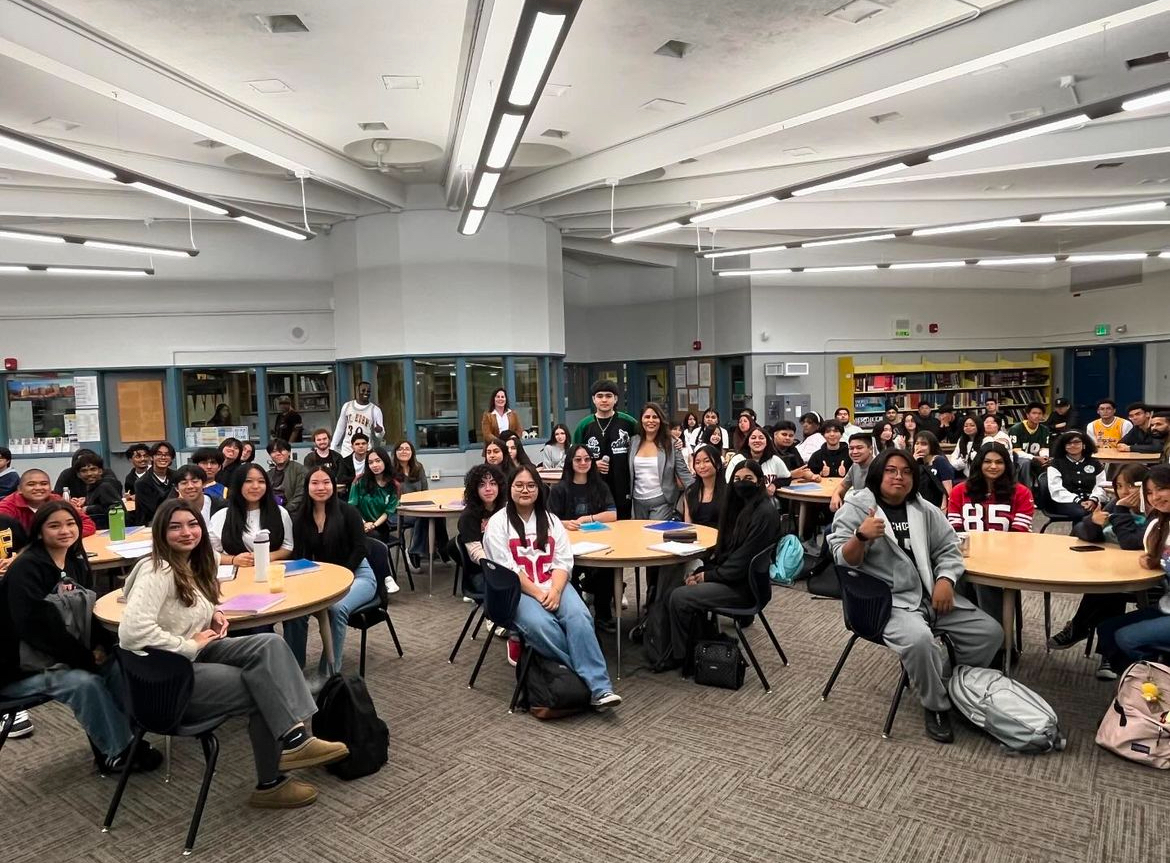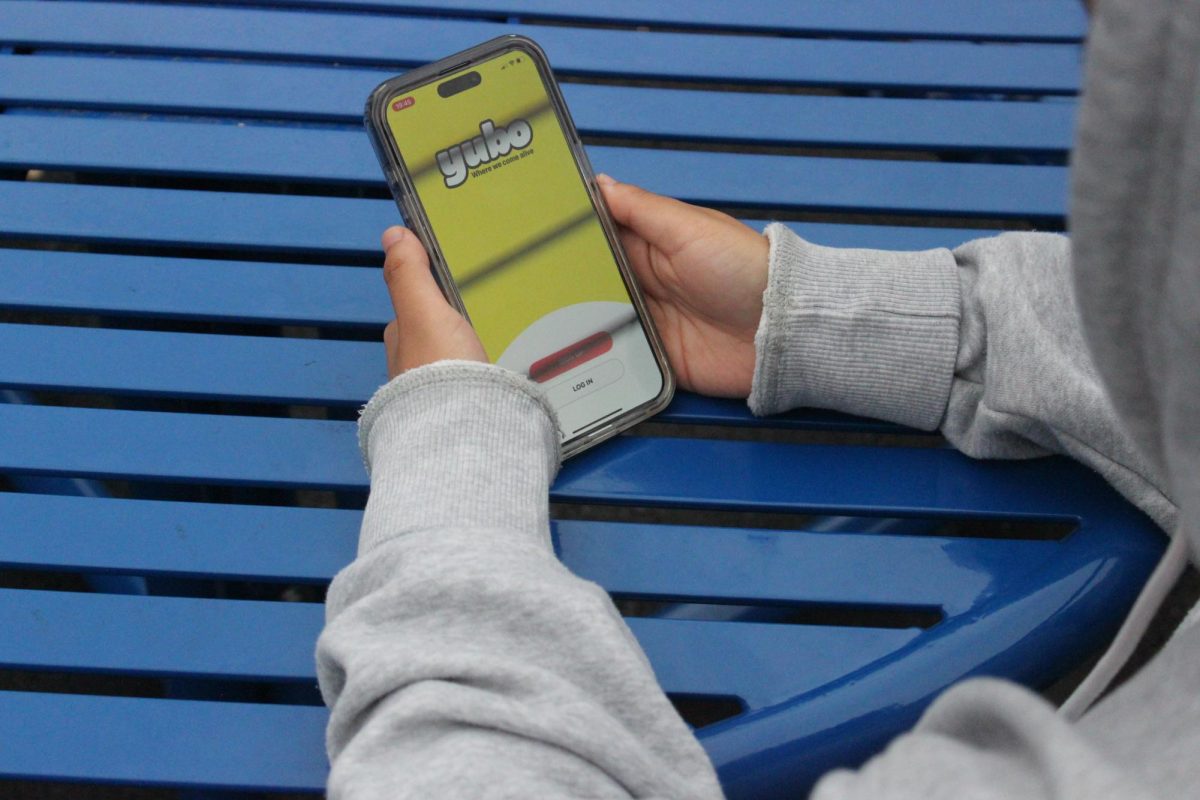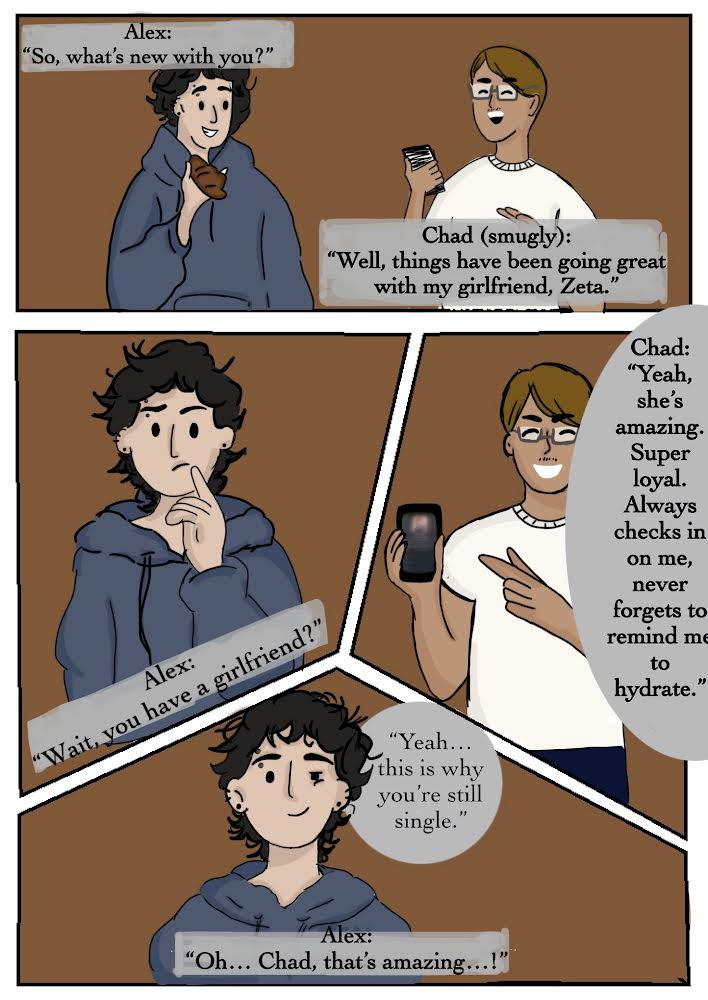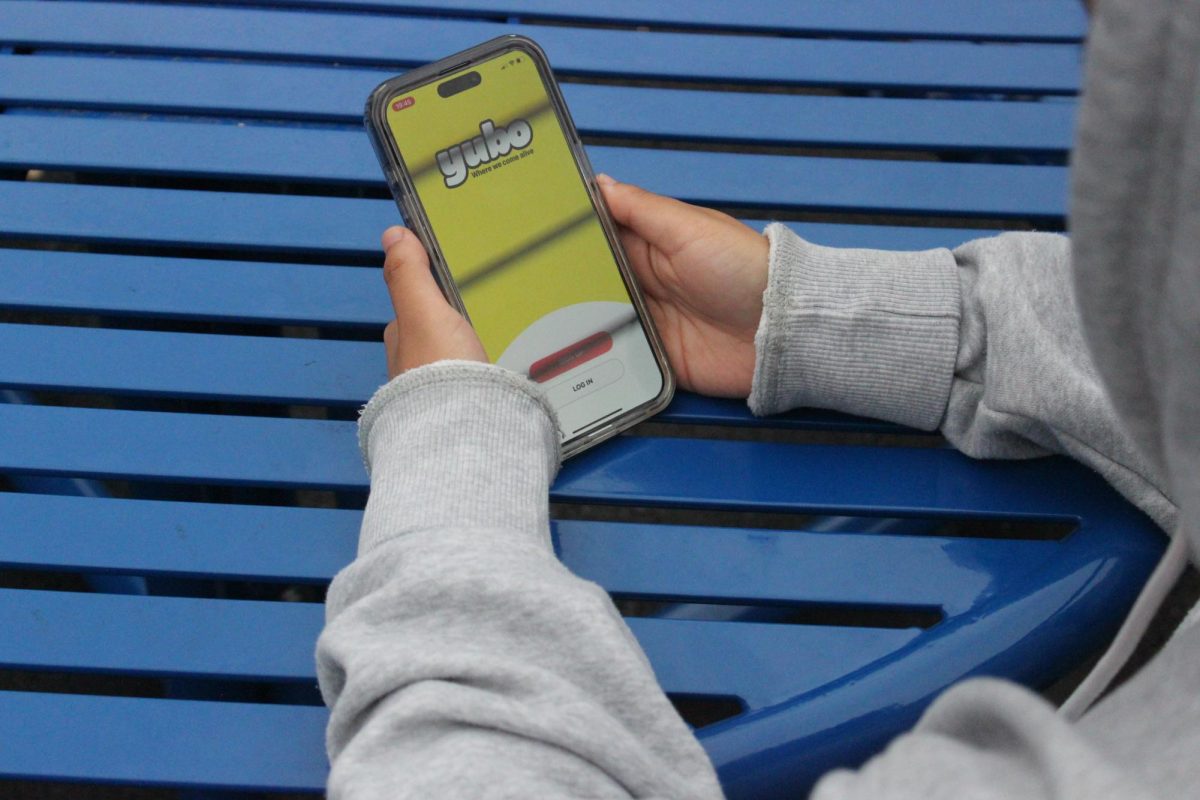On July 28, 1941, the United States government froze any Japanese assets held in the U.S. as a reaction to Japan’s advance into Southern Indochina, resulting in the brutal ambush of Pearl Harbor on December 7th, 1941. On August 6, 1945, following the bombing of Pearl Harbor, the United States unleashed a nuclear bomb on the city of Hiroshima, instantly killing 78,000 people. 72,000 were initially injured, and 68,000 died a few months later due to high amounts of radiation exposure—totaling 146,000 deaths and leaving 109,260 survivors.
Five years later, Shogo Nagaoka began collecting rocks and tiles from Hiroshima’s remains. Nagaoka’s collection slowly began to kick-start the founding of the Hiroshima Memorial Peace Museum & Park—with Nagaoka as the first director. The museum was established in August 1955, 10 years after the bombing.
The museum had an average of 1,000,000 visitors per year from 1970-2019, suffering a loss of 700,000+ visitors in 2020-21. With architecture designed by Tange Kenzo—designer of Tokyo’s Olympic stadium—the museum has many outstanding historical, cultural, and architectural appeals.
Education First tour guides, commonly known as EF tours, took students from Mt. Eden and other schools to visit this memorial museum during the 2023 Japan trip last summer. The memorial is split into two areas: an indoor museum and an outdoor park with different symbolic memorials for the victims of the bomb. The inside features surviving items like clothes, daily essentials, and diaries. Simulations, pictures, and paintings also capture the before and after of the catastrophe. For example, the most recent addition to the museum was a 40 second 3D simulation of the bomb dropping in real time on Hiroshima, followed by a wave of destruction and radiation.
Outside is a large park area with a river dividing it in two; several memorials such as the Genbaku Dome, memorial cenotaph, peace bell, and the crane statue are featured. On top of the information in the museum, there are descendants of survivors who share their ancestors’ stories.
Mt. Eden Japanese teacher Randy Seifert led the 2023 Summer Japan trip. He believes “it’s important for the younger generation to see the damage that nuclear weapons have.” He “felt shame as an American … for having caused such devastation to another […] part of humanity.”
“I wish I knew … more about what the students were doing before it happened because they were just normal kids,” said junior Keilynne Santos. Mentioning the grim surviving photographs of victims, Santos was heartbroken seeing such devastation happen to everyday people. Other students expressed feeling the weight of Hiroshima’s people crushing them as it was difficult for them to read and look at many of the museum’s artifacts.
Growing up in Shikoku, Japan, Japanese tutor Naoko Hashimoto had some experience visiting Hiroshima and the memorial. Hashimoto’s parents and relatives, who had lived to see such tragedy, told her recollections of the bomb’s effect on Japan. She mentioned how the older generations tend to hold onto these memories as time progresses, leaving close to zero survivors or witnesses to pass this knowledge on. “Everybody in the world should go see [the museum], we should learn, ‘’ Hashimoto recommended. Hashimoto argued humans have evolved based on what they want and are never satisfied because “if we truly are happy with what we have, we wouldn’t advance as we do now.”






